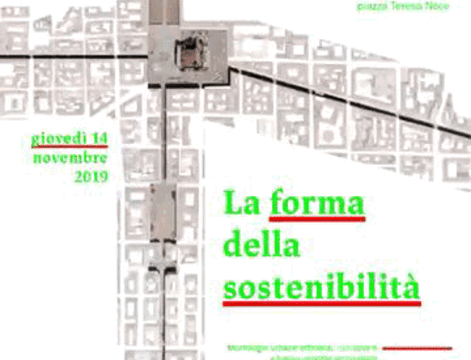
Torino workshop on the shapes of sustainability
Torino: Conference and workshop on The Shapes of Sustainability with Professor Serge Salat as main speaker
What is MOLOC ?
European cities are at the forefront of climate actions. They contribute to a large share of global greenhouse gas emissions. But they are also a priviledged field for initiatives.
The morphology of a city is inherited from the construction of the city along the history. Municipalities have to adapt this morphology to the current challenges of adaption to climate change and energy transition. MOLOC raises two main questions:
In this challenging context, MOLOC aims to develop a new city building approach, associating quality of life and energy efficiency. MOLOC stands for MOrphologies Low Carbon and will explore the brakes that limit the impact of local policies and actions in their ambitions to change current urban morphologies in the light of sustainable urban development. Six partners, involved in energy transition strategies, will collectively design and test innovative ways of achieving low-carbon cities through a three steps program:
Low-carbon city
A low-carbon city is an urban model, which fits the new climate context and develops solutions to energy challenges. Integrated low-carbon strategies are needed to identify suitable actions in cities and to increase awareness of citizens.
City actions
Each city involved in the project will elaborate and implement an action plan for a low-carbon strategy, co-designed with local partners. The action plans will reflect mutual exchanges that are taken place within the project (study visits and exchanges of best practices). The realisation of efficienct action plans will contribute to the improvement of policy instruments, addressed by the project. Each partner has set up a local stakeholder group to co-design their action plan. Inspired by a bottom-up approach, partners will pay attention to citizens needs, appropriation by local stakeholders within the whole process and a wider dissemination.
€1,349,289.00
Low-carbon economy
The European project " MOLOC" contributes to the objectives of ERDF program:
Despite the efforts and the various projects implemented at local or regional level, the goals on energy transition are still far from being reached. The Nord-PasDeCalais remains a Region which consumes 58% more energy compared to the European average.
Although exemplary projects have been implemented (Saint Sauveur - Lille), the speed of implementation and the costs involved prevent from generalizing the measures and therefore the positive impact on the reduction of greenhouse gas emissions.
The MOLOC project aims at identify the factors that prevent the adoption of energy transition measures through cooperation between different European cities. It offers tangible, realistic and financially viable solutions to undertake a change of urban model as a Low Carbon one.
Operational ERDF Programme 2014-2020 of the Free and Hanseatic City of Hamburg.
The addressed policy instrument serves as a valuable basis to support innovative approaches. Although the CO2 emissions are comparatively low, a further reduction is desirable - not only in order to improve a sustainable development in Hamburg. Currently, industrial companies consume about half of the energy being used in Hamburg. Simultaneously trade, commerce and service companies rank among the main causes for CO2 emissions.
This is why the ERDF programme aims at profiting from existing opportunities with respect to the avoidance of CO2 emissions and the reduction of energy consumption by especially increasing the involvement of companies.
Regarding that, however numerous existing potentials to improve the sustainable development of Hamburg in an efficient manner are not completely exploited yet.
Thanks to interregional cooperation, MOLOC can contribute to an improvement of the addressed policy, for instance by introducing an innovative approach to increase energy efficiency.
The General Master Plan (GMP) is the instrument by which the City of Torino regulates the physical and functional transformations of its urban territory (built environment and land) and the use of the related resources. The GMP has been drafted in 1995 and it is still running. It is defined as "designed plan" since it outilnes in specific detail the urban and strategic development of each city district. It is a local instrument approved by the City Council, but it has a wider framework since it has to obtain the validation by the Regional Government. The structural modifications to the GMP have to be validated by the Regional Government as well.
The GMP has the goal to transform the city by: reconverting the 10 Mio sqmt of brownfields in a prespective of stopping soil consumption; giving the framework for the recovery and transformation of buildings; realizing strategic infrastructures such as the subway line; giving new functions and services to the neighbourhoods which formerly had a strong connection with the industrial plants, to boost socio-economic development of peripheral areas. Nowadays, Torino is facing the need to be quicker in adopting modifications to the GMP, especially in implementing measures aimed at favouring the energy transition of the city in a perspective of recovering dismissed areas and regenerating more deprived ones. Lighter regulations and quicker procedures are thus fundamental in catching up with the changing morphology of the city.
Low-carbon Economy Plan for the City of Katowice (LCEP) comprises strategy and action plan related to sustainable, climate-friendly economic growth, including the national and the European climate policy conditions as well as the local factors, specific for the city. The main objective of LCEP Katowice is the improvement of energy efficiency (incl. decrease CO2 emissions) in public buildings and infrastructure, and, on the other hand, allow an improvement in the quality of life.
The objective is functionally bound with: thermal modernization, change of energy sources, changes in the management and usage of those buildings. Experience shows that due to different barriers (technical, economic, legal, management, social and urban), the planned activities have a much lower emission reduction impact than assumed and the efficiency of the usage of the investment is low. The existing monitoring and sets of indicators defined in LCEP Katowice are unable to track progress over time, demonstrating progress on transition to a low-carbon economy and providing input into policy development at the city level to accelerate this transition. Weaknesses are lack of explicit guidelines and methodology for quantitative assessment of energy performance of buildings public utility as well as a qualitative assessment of policy framework, institutional capacity, socio-political awareness and financial means for low-carbon measures.
Regional Operational Programme 2014 - 2020
This activity offer funding for projects that concerning rehabilitation of the residential and public buildings in order to reduce the energy consumpliton, to increase energy efficiency and the quality of life .The improvement of the activity will consist in funding opportunities for increase the usage of renewable energy in public and residential buildings in order to reduce the dependency of the classic energy sources and explore and use the alternative energy sources, not only for heating but also for electricity production and lighting.

Torino: Conference and workshop on The Shapes of Sustainability with Professor Serge Salat as main speaker
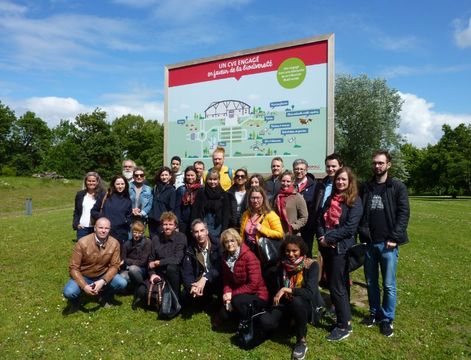
Resume of the exciting last study visit of the MOLOC project in Lille!
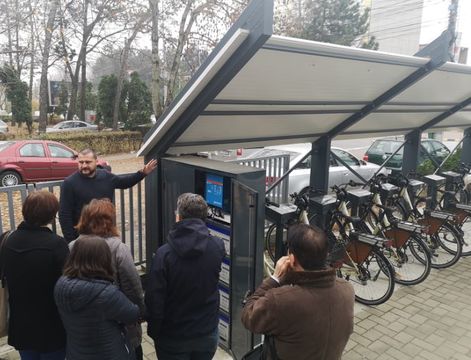
All MOLOC partners gathered during two days to discover Suceava's projects
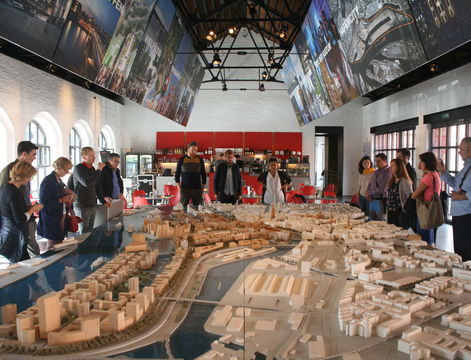
2 days in Hamburg for the third study visit of MOLOC
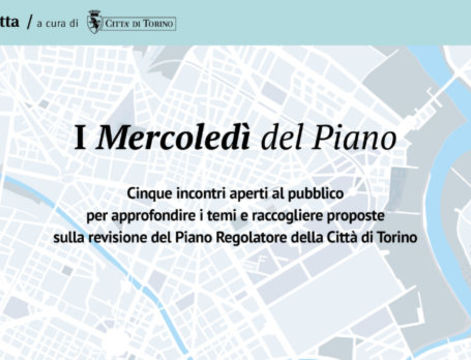
Public consultation on the Torino General Master Plan
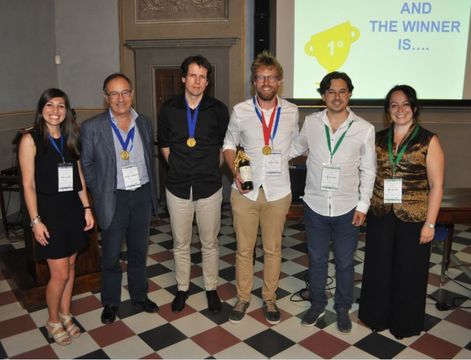
On 27 June 2018, MOLOC won the business case competition co-organised by three Interreg Europe projects REBUS, VIOLET and SET-UP!
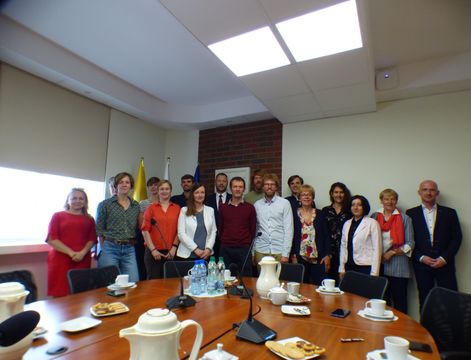
2 days in Katowice for the second study visit of the year!

Following the two-days study visit in Torino, MOLOC project makes the front page
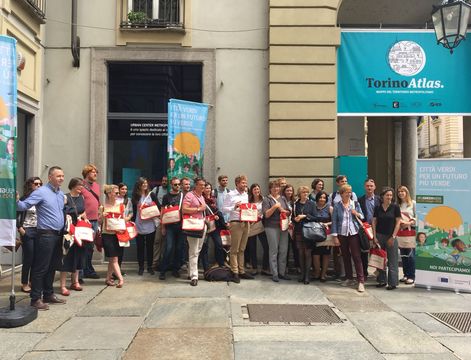
Two days in Torino for the 1st study visit of the year
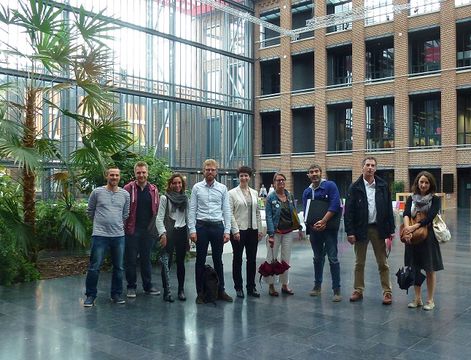
Bilateral meetings and study visits